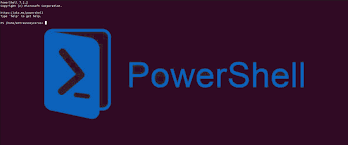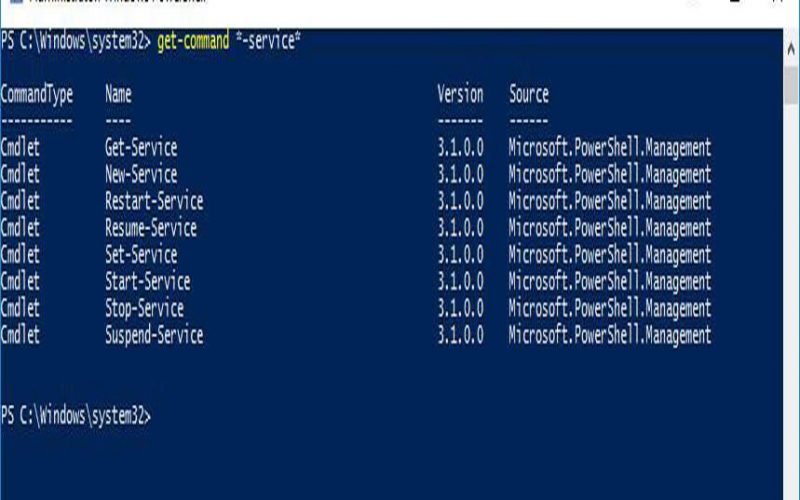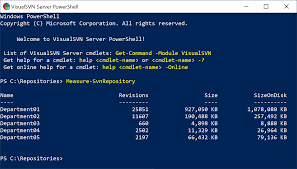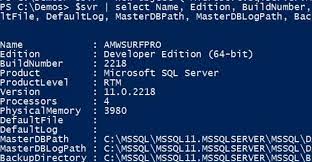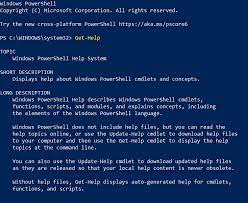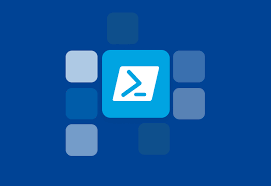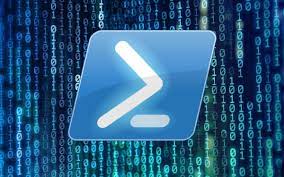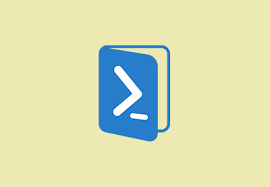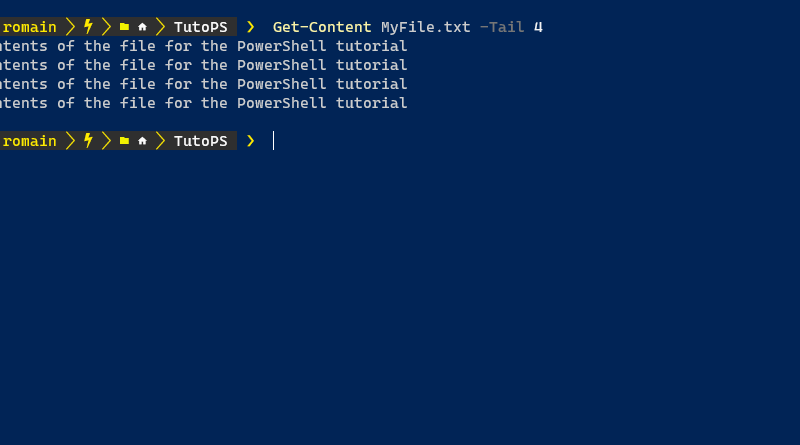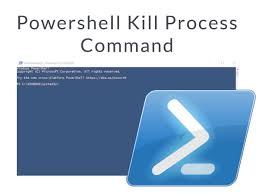25
Oct
Remote administration with PowerShell remoting allows you to manage and administrate remote computers using PowerShell commands from a local computer. You can perform a wide range of administrative tasks like running scripts, executing commands, managing services, and accessing remote resources. To perform remote administration with PowerShell remoting, you can follow these steps: Ensure PowerShell remoting is enabled on the remote computer: The remote computer should have PowerShell remoting enabled. If not, you can enable it by following the steps mentioned in the previous response. Establish a remote session: Use the Enter-PSSession cmdlet to establish a remote session with the target…
